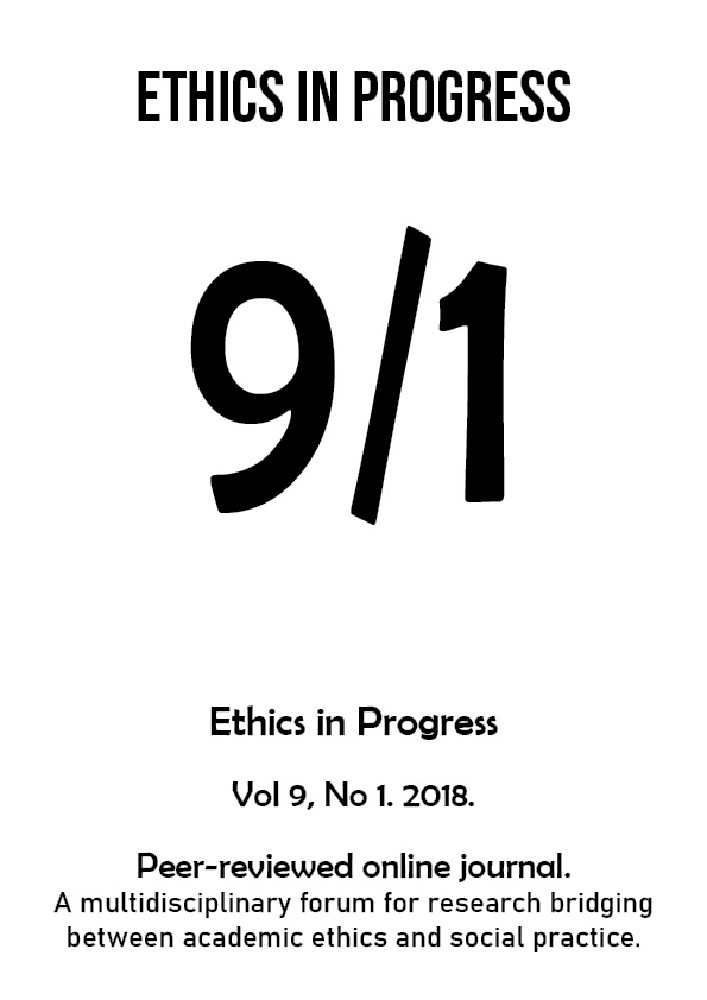Abstract
This study used a self-designed questionnaire to empirically evaluate Chinese and American undergraduate students’ recognition of moral values in six dimensions: honesty, civility & self-discipline, benevolence, unity & helping others, esteem, and filial piety. In total, 743 valid samples from 8 Chinese universities and 157 valid samples from 4 American universities were collected for an experimental comparison. Measurement results showed that the differences between Chinese and American college students were not significant in the dimensions of honesty, benevolence, esteem, and filial piety. These values, which originated in traditional Chinese culture, had the same priorities in both groups, confirming a certain degree of universality. However, significant intergroup differences existed in the civility and self-discipline dimension and the unity and helping others dimension. These results highlight the importance of enhancing Chinese college students’ moral consciousness, especially with esteem, and of enhancing American students’ consciousness of unity and helping others.
Funding
This article was funded by The China national educational science’ Thirteenth 5 Years’ management 2018 project ”Great civilian and values recognition in new era”
No. BEA180114.
References
Holl R. T. 2003. Theory and Practice of Moral Education. Trans. Lu Youquan. Hangzhou: Zhejiang Education.
Spring J. 1994. The American School 1642–1993. New York: McGraw-Hill Companies.
Wang D. 1999. Oriental Moral Research (3rd Series). Beijing: China Industry and Com¬merce Publishing House.
Zhao X. 2003. Reflection on the Construction of Local Culture. Beijing: Peking University Press.




